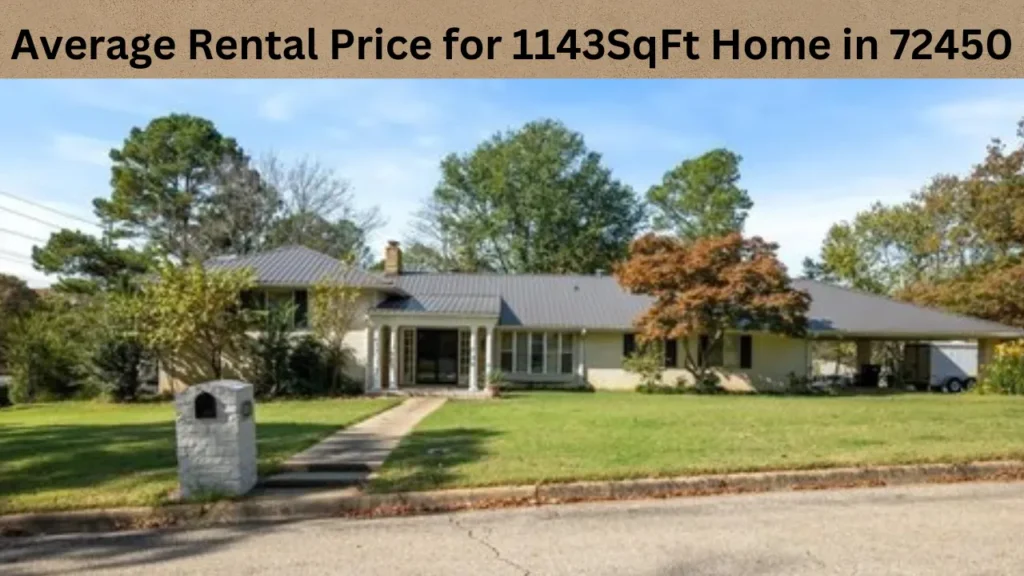Millennials are redefining what it means to be a “pet parent.” They’re spending more on their pets than any generation before, treating them as beloved family members—not just animals.
But with that elevated role comes elevated expectations—especially when it comes to how pet products are packaged. They need the best products whose quality can only be guaranteed by the best pet product packaging.
Gone are the days of loud graphics and generic kibble bags. Today’s pet brands are turning to boutique-style packaging to signal quality, style, and intention—tapping into the lifestyle-driven mindset of millennial consumers.
So how exactly are pet companies designing packaging that speaks to this values-focused, aesthetically minded audience?
Let’s dig into the strategies behind this modern packaging shift—and how small brands can take notes.
The Millennial Mindset: Pet Products as Lifestyle Purchases
Before diving into design tactics, it’s crucial to understand the mindset behind millennial purchasing behavior.
Millennial pet parents often:
- Prioritize wellness and nutrition (organic, grain-free, raw)
- Look for sustainable, recyclable, or reusable materials
- Value minimalist, curated aesthetics
- Share their pet routines and purchases online (yes, unboxing included)
- Want to align with brands that reflect their personal values
Translation? Packaging isn’t just a wrapper—it’s a signal of trust, taste, and identity.
1. The Rise of “Human-Grade” Design
Millennial buyers want pet products that feel just as refined as what they’d buy for themselves.
That’s led to a huge surge in human-grade design language—clean fonts, natural color palettes, and elegant layouts.
Key elements include:
- Serif or sans serif typography with lots of white space
- Matte finishes, foil details, or kraft-style substrates
- Ingredient transparency with infographics or minimal icons
- Monochrome or muted tones instead of bright primary colors
Example: A freeze-dried salmon treat for cats, packaged in a resealable matte mylar pouch with a soft pink and cream design—no paw prints or cartoon fish in sight. It wouldn’t look out of place in an artisanal grocery store.
2. Pouches Are In: Why Flexible Packaging Works for Pet Goods
Just like in snacks and wellness products, flexible pouches are dominating the boutique pet packaging space.
Here’s why:
- Resealable stand-up pouches keep treats and food fresh
- Flat pouches are great for single-serve items like wet food toppers, with bigger, more accommodating formats like quad seal pouches
- Mylar and compostable options offer sustainability with function
- Pouches are lightweight and shelf-efficient, perfect for DTC shipping
Brands can use pouches to create clean, vibrant surfaces for bold storytelling—ideal for niche brands that want to convey values fast.
3. The Unboxing Experience Is Tail-Waggingly Important
Millennials love a good unboxing—and they’re not shy about sharing it. Boutique pet brands are taking notes from luxury skincare and subscription services, crafting packaging that feels like a gift for both the pet and the owner.
What’s winning hearts:
- Rigid boxes with magnetic closures for treat sets
- Custom tissue paper, branded belly bands, or seal stickers
- “Thank you” cards written from the pet’s perspective (yes, really)
- Coordinated brand aesthetics across bags, inserts, and shipping boxes
A pet food refill pack that arrives in a plain poly bag just doesn’t spark the same excitement. But a compostable pouch wrapped in stamped kraft paper? That’s share-worthy.
4. Function Meets Fashion: Packaging That Solves Real Problems
It’s not enough to look good—packaging also needs to work well. Millennials appreciate functional details that improve the daily pet-parenting experience.
Smart touches include:
- Built-in scoops or measuring guides printed on packaging
- Window pouches to show freshness
- Zippers or Velcro reseals to avoid spills and waste
- Travel-sized sachets for on-the-go lifestyles
- QR codes that link to product origin stories or usage tips
Form and function together build trust—while making the user feel like the brand truly “gets them.”
5. Sustainability Sells—When It’s Authentic
Millennials care deeply about sustainability—but they can spot greenwashing a mile away. Boutique brands that are winning attention are using packaging as a platform to educate.
Think:
- Clear breakdowns of how the packaging is recyclable, biodegradable, or reusable
- Swapping plastic tubs for compostable stand-up kraft pouches
- Using soy-based inks, FSC-certified paper, or minimalist shipping boxes
- Touting “zero-waste” refill programs or returnable containers
Transparency + aesthetics = powerful alignment with millennial values.
6. Boutique Branding in Action: A (Fictional but Realistic) Case Study
Imagine a brand called Petal & Paw—a female-founded dog wellness company offering calming chews and immunity boosters.
Here’s how they win over their audience:
- Their product pouches are soft-touch matte with hand-drawn botanical illustrations.
- Each pouch includes a tear-away trial sachet that reads “Love at First Treat.”
- Products are boxed in rigid, recyclable kraft mailers with a branded wrap band.
- Inside, there’s a message: “You care. We care. Let’s give your pet the good life.”
The design doesn’t scream “pet store”—it whispers modern wellness, intentional design, and care you can see.
This is what boutique packaging for millennial buyers looks like.
Takeaways for Small Pet Brands
Even without a big budget, you can apply boutique packaging principles to better resonate with today’s pet shoppers:
✅ Use minimal, clean design that mirrors human wellness brands
✅ Choose flexible pouches for cost-effective form and function
✅ Infuse sustainability into both material and messaging
✅ Design every detail—from pouch to unboxing—to feel intentional
✅ Tell your brand story clearly, quickly, and beautifully
Remember: millennial buyers aren’t just buying for their pets. They’re buying for their values, their lifestyle, and their feed. Your packaging needs to reflect all three.



